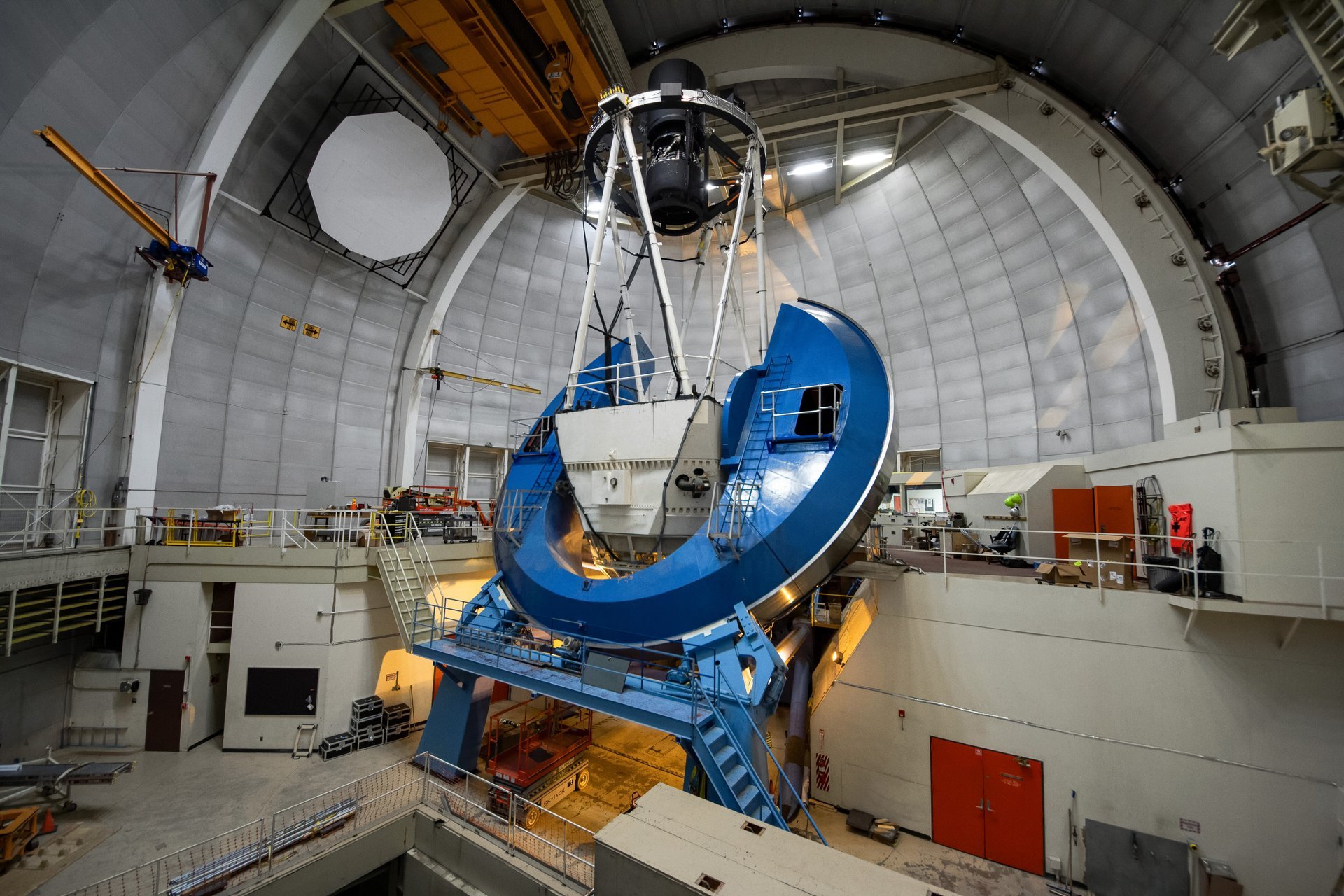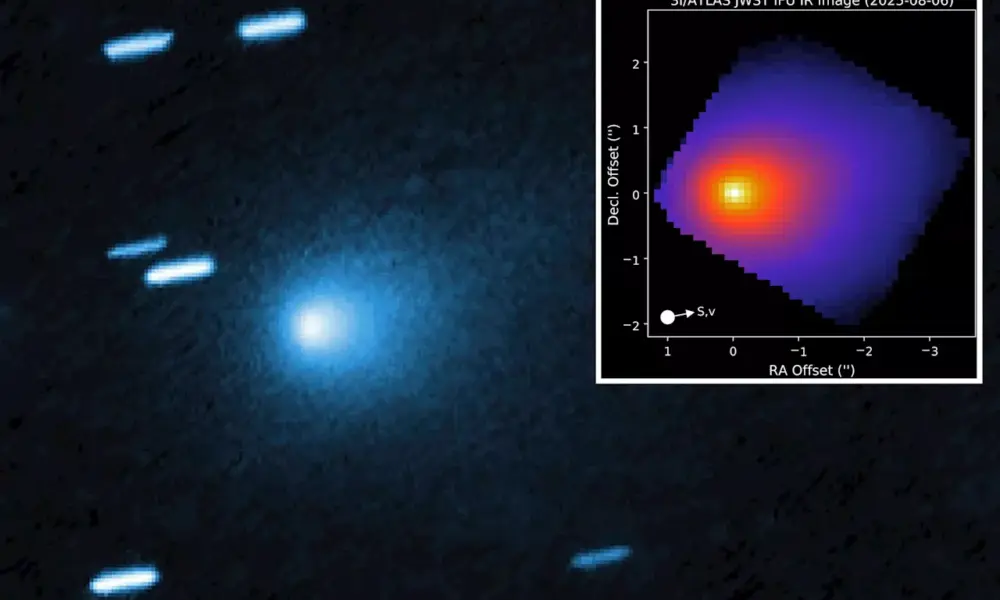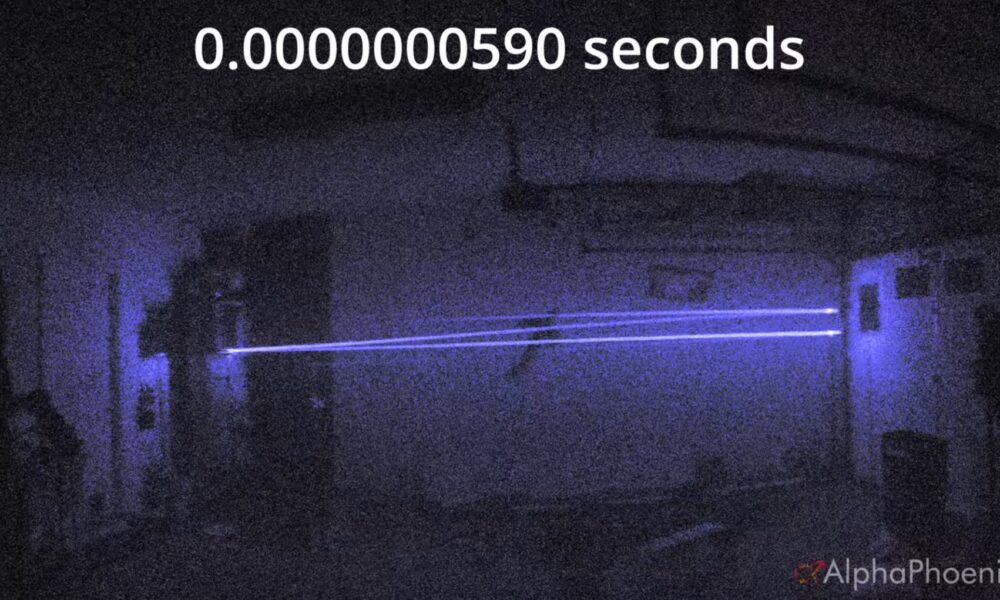In March 2024, the DESI collaboration unveiled compelling evidence suggesting that dark energy may be diminishing over time. This revelation, while not definitive, has sparked significant interest within the cosmological community. The findings stem from extensive analysis conducted by the Dark Energy Spectroscopic Instrument, a sophisticated telescope positioned on Kitt Peak in southeastern Arizona.
The DESI is not just any ordinary telescope. It employs a complex system of approximately 5,000 robotically controlled fiber optic cables to survey a vast area of the cosmos. Each night, it meticulously selects a patch of the sky and aligns these cables with the positions of galaxies, gathering detailed data on each one. So far, the collaboration has cataloged over 13 million galaxies, a number expected to rise to 50 million by the completion of the survey. This undertaking marks the largest and most comprehensive survey of galaxy positions to date.
Understanding the Findings
The DESI project builds upon previous work, notably the Sloan Digital Sky Survey, which utilized graduate students to manually adjust fiber optics—a less efficient method. Despite covering less than 1% of all galaxies in the observable universe, DESI’s findings are substantial. The arrangement of galaxies on a large scale offers vital insights into the universe’s structure and evolution.
Central to the recent analysis is the concept of baryon acoustic oscillations, or BAO. This phenomenon refers to the regular, periodic fluctuations in the density of visible baryonic matter (normal matter) in the universe. To understand its significance, one must look back to the early universe, when it was much smaller, hotter, and denser than it is today.
In those times, matter existed in a plasma state, similar to that found in stars or lightning. As the universe expanded and cooled, sound waves created pressure variations, causing matter to clump in certain regions. These patterns left a lasting imprint, identifiable today through the cosmic microwave background radiation.
The BAO is crucial as it acts as a “standard ruler” for measuring cosmic distances. Scientists can calculate the expected sizes of these shells of matter and compare them to current observations. Recently, the DESI has reported discrepancies in these measurements. The BAO shells appear smaller than anticipated, suggesting a potential evolution in dark energy’s behavior.
The Implications of Dark Energy Evolution
Dark energy is a mysterious force that constitutes about 68% of the universe. Its role is to drive the accelerated expansion of the cosmos. The idea that it may be changing over time could fundamentally alter our understanding of the universe’s fate.
While the findings from DESI are not yet conclusive, they open the door to new theories and models of cosmic evolution. Such insights could reshape fundamental concepts in cosmology, prompting further research into the nature of dark energy and its implications for the universe’s future.
As the DESI collaboration continues its groundbreaking work, the astronomical community watches closely. The journey to unravel the mysteries of dark energy is just beginning, and the potential discoveries could redefine our understanding of the cosmos.







